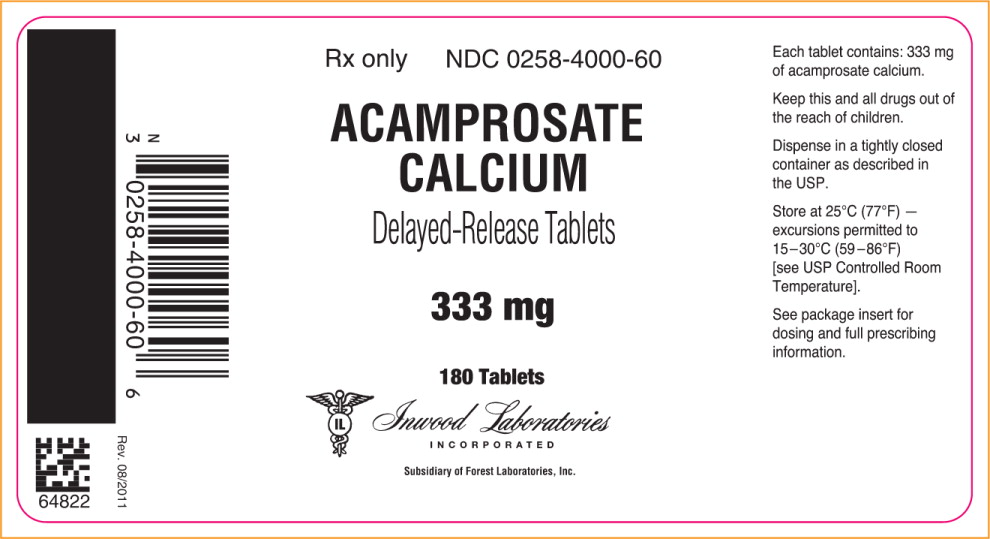Who smokes cannabis, and how much?
(First published 12/27/2013)
Most statistical surveys of marijuana focus on a single quantitative measurement: How many people are using? But there’s a problem: More marijuana use does not necessarily translate into more marijuana users. And that’s because a clear majority of the consumption, and black market dollars, come from the heaviest smokers.
Drug policy researchers at the RAND corporation decided that frequency of use and amount of consumption were valuable parameters gone missing in most policy discussions. So they put the focus not just on use, but also on “use-days,” and pulled a number of buried tidbits from a very big data pile. If you zero in on consumption, and not just consumers, they insist, you will find a wholly different set of inferences.
For example: “Although daily/near-daily users represented less than one-quarter of past-month cannabis users in 2002 and roughly one-third of past-month users in 2011, they account for the vast majority of use-days and are thus presumably responsible for the majority of consumption,” write Rachel M. Burns and her RAND colleagues in
Frontiers of Psychiatry. As with alcohol, the majority of cannabis consumption can be accounted for by a minority of users. The heaviest users, the upper 20 percent, consume 88 percent of the U.S. marijuana supply, say the RAND researchers. “Furthermore, if over time there were no change in the number of cannabis users, but the ratio of light vs. heavy users switched from 80/20 to 20/80, then consumption would increase by 250% even though there was no change whatsoever in the number of users.”
The RAND group used two data sets on cannabis consumption—the National Survey on Drug Use and Health (NSDUH) in the U.S., and the EU Drugs Markets II (EUMII) in Europe. Data included figures for past-year and past-month use, past-month use days, and past-month purchases.
Other intriguing figures come to light when you study cannabis use, as opposed to cannabis users. The researchers declared that “only 14% of past-year cannabis users [primarily males] meet the criteria for cannabis abuse or dependence, but they account for 26% of past-month days of use and 37% of past-month purchases.”
Happen to smoke blunts? That turns out to be very telling, according to the RAND study. “Perhaps the most striking contrast concerns blunts. Only 27% of past-year cannabis users report using a blunt within the last month, but those individuals account for 73% of cannabis purchases.” Casual users, it seems, don’t do blunts.
Clearly, it takes a lot of casual users to smoke as much marijuana as one heavy user. But exactly how many? The RAND researchers ran the numbers and concluded that, in terms of grams consumed per month, it would take more than 40 casual smokers to equal the intake of a single heavy user. The share of the market represented by daily/near-daily users is clearly the motive force in their analysis.
The study in Frontiers in Psychiatry also found patterns of interest on the buy side. General use took an upswing beginning in 2007. While the probability of arrest per marijuana smoking episode hovers somewhere in the neighborhood of 1 in 3,000, everything changes if you are purchasing cannabis. RAND reported that young people collectively make more purchases per day of reported use than do older users. Therefore, “statistics indicating that the burden of arrest falls disproportionately on youth relative to their share of all users may not be prima facie evidence of discrimination if making more purchases per day of use increases the risk of arrests per year of use.” Once again, those aging Baby Boomer potheads get the best deal. They have more money with which to buy bigger amounts less often, thereby greatly lessening their chances of arrest and prosecution.
This also applies to minority arrests for marijuana offenses. “Non-Hispanic blacks represent 13% of past-year cannabis users vs. 23% of drug arrests reported by those users, but they report making 24% of the buys. Thus, some of their higher arrest rate may be a consequence of purchase patterns… African-Americans may not only make more buys but also make riskier buys (e.g., more likely to buy outdoors).”
The researchers were able to draw some conclusions about the growth in marijuana usage from 2002 through 2011, based on the NSDUH data. Their main conclusion, after exploring the demographics of this 10-year record of use, is that “consumption grew primarily because of an increase in the average frequency of use, not just because of an increase in the overall number of users.” The driver of consumption turns out to be… greater consumption. And that increased consumption is coming from… older adults. Those older adults, it turns out, are smoking more weed.
The shift is dramatic: “In 2002, there were more than three times as many youth as older adults using cannabis on a daily/near-daily basis; in 2011 there were 2.5 times more older adults than youth using on a daily/near-daily basis.” The record of alcohol and cigarette use over the same period showed no such inversion of use patterns. And the tweeners? “In 2002, 12-17-year-olds represented 13% of daily/near-daily users; in 2011, that had dwindled to 7%.” These trends are not just the obvious result of an increase in the proportion of older adults in the population at large. Increases in the proportion of older heavy cannabis users were much greater than the general population drift.
Among the questions raised by the RAND analysis:
— Are older marijuana smokers primarily recreational, or medicinal?
—Do increased use days among older, college-educated marijuana smokers indicate greater social acceptance, or something else?
—Are younger people replacing traditional cannabis use with other substances?
—Why did Hispanic use increase more over the study period than other ethnic groups?
Burns R.M., Caulkins J.P., Everingham S.S. & Kilmer B. (2013). Statistics on Cannabis Users Skew Perceptions of Cannabis Use, Frontiers in Psychiatry, 4 DOI: 10.3389/fpsyt.2013.00138






